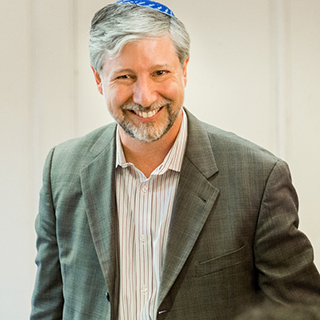Sotah 7:1-2

Is Hebrew necessary in Jewish ritual life? When and why?
אלו נאמרין בכל לשון, פרשת סוטה, ודוי מעשר, קריאת שמע, ותפלה , וברכת המזון, ושבועת העדות, ושבועת הפקדון.
The following ritual texts may be recited in any language: the passage read [by the priest] to the sotah, the tithing declaration, chanting Shema, the Prayer (i.e., the Amidah), grace after meals, the oath of testimony, and the oath over a pledge.
Comments:
This mishnah lists ritual acts where the priority is on comprehension rather than the use of original language. The sotah ritual involved a woman who had been accused of adultery by her jealous husband. If she pled innocent, even after being witnessed secluded with the suspected paramour, then she was subjected to a trial by ordeal. The mishnah here is concerned with her understanding the warning so that she has the chance to plead guilty.
ואלו נאמרין בלשון הקדש, מקרא בכורים, וחליצה, ברכות וקללות, ברכת כהנים, וברכת כהן גדול, ופרשת המלך, ופרשת עגלה ערופה, ומשוח מלחמה בשעה שהוא מדבר אל העם.
The following ritual texts must be recited in the Holy Tongue (i.e., Hebrew): the first fruit declaration, chalitzah, the original blessings and curses, the priestly benediction, the blessing of the high priest, the passage chanted by the king, the passage recited during eglah arufah, and the speech made by the War-priest at the time of battle.
Comments:
This mishnah identifies rituals in which the Torah itself specifies the wording, and hence the use of Hebrew. Chalitzah refers to a man who refuses to marry his deceased brother’s widow. Eglah arufa is a social purification ritual after a man is found murdered with no suspect. In each case a specific Hebrew text is required.
Questions:
We often try to balance the values of accessibility and authenticity in Jewish ritual life. Translation makes texts and rituals more widely accessible, but the use of Hebrew lends greater authenticity. What is the point of differentiation for the use of Hebrew or translation in these two mishnayot? What should it be for us?



